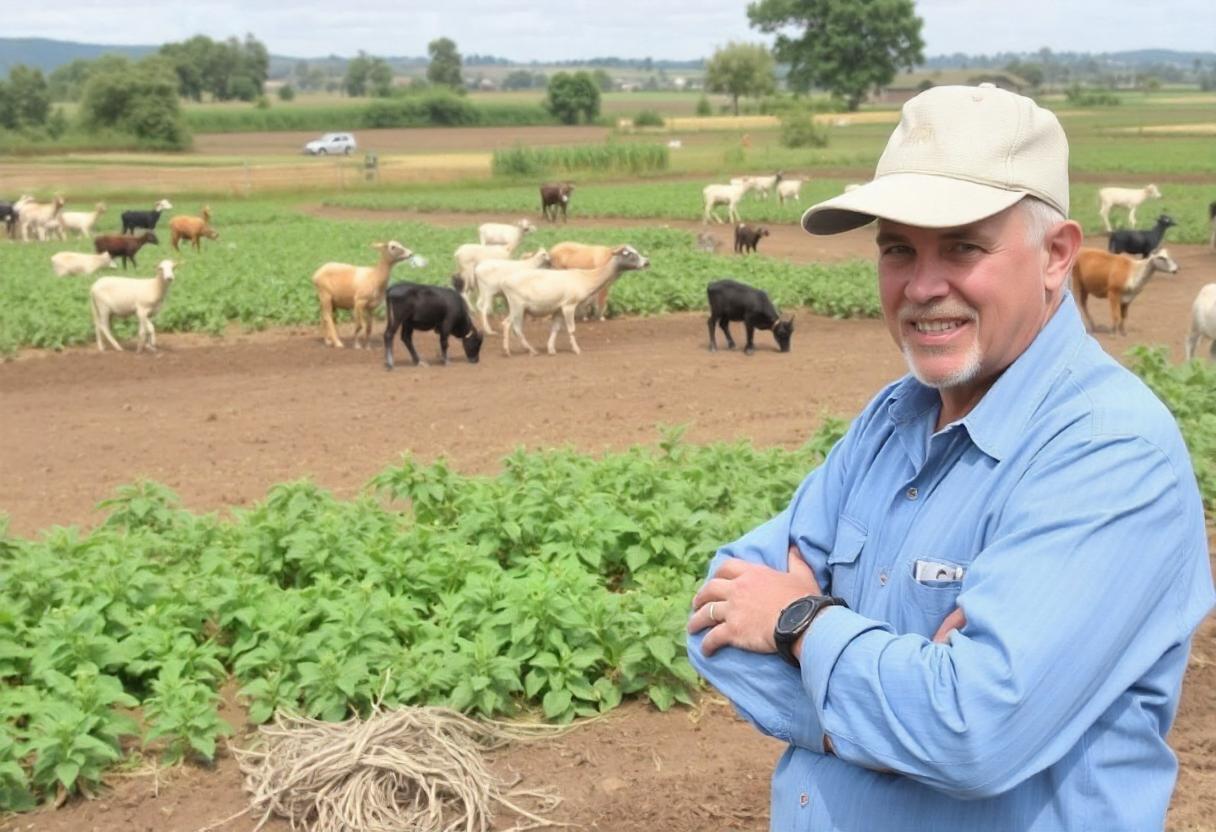
Agriculture has long been the backbone of many economies, providing food, raw materials, and livelihoods to millions of people worldwide. However, the sector faces numerous challenges that threaten its sustainability and productivity. These challenges are diverse, ranging from environmental issues to socio-economic factors, technological gaps, and political instability.
1. Climate Change
One of the most significant challenges in agriculture today is climate change. Rising temperatures, shifting precipitation patterns, and an increase in the frequency and severity of extreme weather events such as floods, droughts, and storms have drastically affected agricultural productivity. Many farmers face unpredictable growing seasons, reduced water availability, and increased pest and disease outbreaks, which severely impact crop yields. Adapting to these changes requires significant investment in resilient farming techniques, but many small-scale farmers, particularly in developing countries, lack the resources to make such adjustments.
2. Soil Degradation
Soil is the foundation of agriculture, yet soil degradation is a widespread problem. Unsustainable farming practices such as over-tilling, monocropping, and excessive use of chemical fertilizers and pesticides lead to the depletion of soil nutrients, erosion, and loss of soil biodiversity. This degradation reduces the land’s productivity over time, making it harder to grow crops without relying heavily on artificial inputs, which are not always sustainable in the long run. Restoring soil health through techniques like crop rotation, agroforestry, and organic farming can help, but these methods often require significant knowledge and investment.
3. Water Scarcity
Water is essential for crop production, but many regions around the world face water scarcity due to both natural and human-made causes. Over-extraction of groundwater, inefficient irrigation systems, and pollution of water bodies have led to reduced availability of clean water for farming. In some areas, competition for water between agricultural and industrial or domestic uses has further exacerbated the problem. As water resources become more limited, farmers are forced to adopt water-efficient practices or switch to less water-intensive crops, which may not be as profitable or sustainable.
4. Labor Shortages
In many parts of the world, agriculture is facing a labor shortage. This is especially true in developed countries where rural populations are declining, and younger generations are moving to urban areas for better employment opportunities. The lack of available farm labor has led to increased reliance on mechanization and technology. However, small-scale farmers in many developing nations still rely on manual labor, and the shortage of workers can severely limit productivity during peak planting and harvesting seasons.
5. Technological Gaps
While agricultural technology has advanced significantly in recent years, there is still a large technological gap between developed and developing countries. Innovations like precision farming, drones, AI, and advanced irrigation systems have revolutionized farming in wealthy nations. However, smallholder farmers in low-income regions often lack access to these technologies due to high costs, lack of infrastructure, and limited technical knowledge. This technological divide perpetuates inequality in agricultural productivity and income.
6. Market Access and Price Volatility
Farmers, particularly smallholders, often struggle with market access. Poor infrastructure, including inadequate roads and transportation networks, limits their ability to sell their products in larger, more lucrative markets. Additionally, price volatility in global agricultural markets can make it difficult for farmers to plan for the future. Fluctuating prices for crops and livestock can result in significant income instability, forcing farmers to take on debt or abandon farming altogether.
7. Political and Social Instability
In regions affected by political unrest, conflict, or social instability, agriculture often suffers. Wars and conflicts can disrupt farming activities, destroy infrastructure, and displace populations from their land. In such areas, it can be nearly impossible for farmers to carry out their work safely, and food production can decline sharply, leading to food insecurity and economic instability for entire communities.
8. Financial Constraints
Access to credit and financial resources is a significant barrier for many farmers, particularly smallholders in developing countries. Without adequate financial support, farmers cannot invest in modern farming equipment, high-quality seeds, fertilizers, or irrigation systems that would improve their productivity. Additionally, in the face of crop failures or natural disasters, farmers often lack insurance or savings to recover, pushing them further into poverty. Access to affordable financial services is critical to helping farmers improve their livelihoods and adopt sustainable practices.
9. Pests and Diseases
Crop pests and livestock diseases remain a persistent challenge in agriculture. The increased movement of goods and people across borders, coupled with changing climates, has led to the spread of pests and diseases into new areas, posing new threats to farmers. Outbreaks can lead to significant losses in crop yields and livestock numbers, severely impacting food production and farmer incomes. Managing these risks requires integrated pest and disease management strategies, but these can be costly and time-consuming to implement.
10. Land Ownership Issues
Land ownership and tenure insecurity continue to affect many farmers, especially in regions with weak governance or complicated legal systems. Insecure land tenure can prevent farmers from making long-term investments in their land, such as building irrigation systems or planting perennial crops, as they risk losing their land at any time. In some cases, land disputes can lead to violence and further destabilize rural communities. Clarifying land rights and providing farmers with secure access to land is critical for fostering agricultural development.